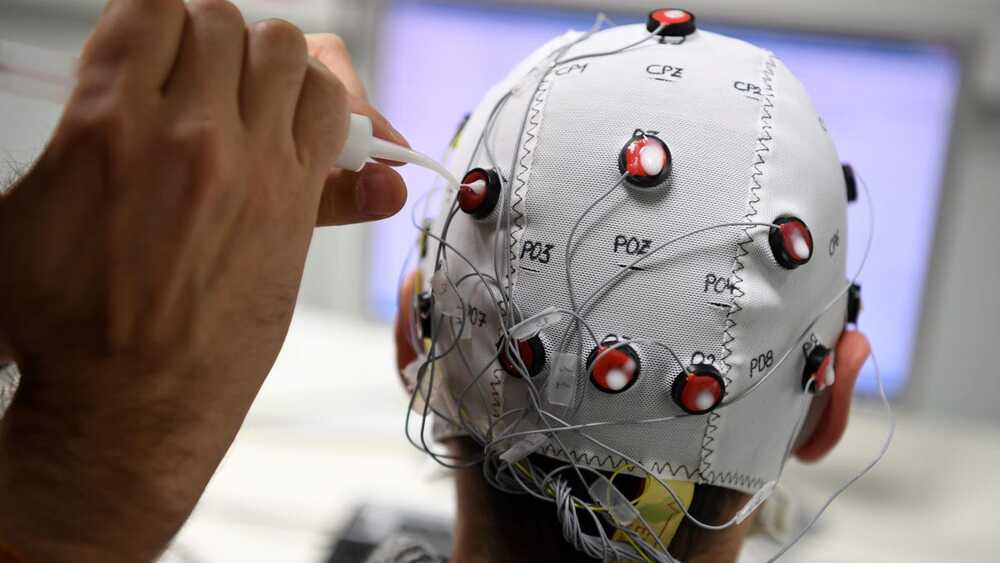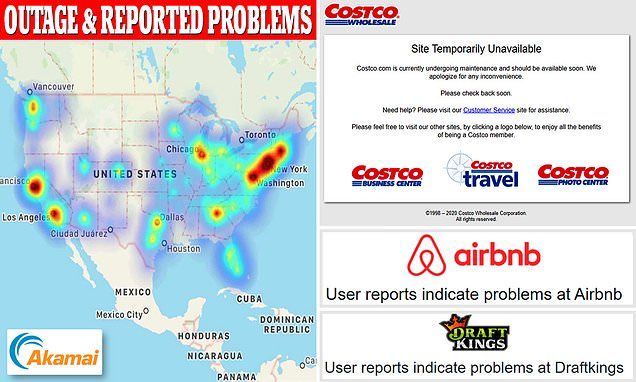Jul 22, 2021
NASA finally knows what is beneath the surface of Mars
Posted by Atanas Atanasov in category: space
“The fact that we recorded it confirmed that the core is liquid.”
What you may not realize, NASA Jet Propulsion Laboratory geophysicist Mark Panning tells Inverse, is that those diagrams “are cartoons and guesses,” based on gravitational measurements. The only planet whose structure scientists actually understand in detail is Earth.
We know the innards of Earth through seismology measurements — something that hasn’t been available for other planets. This was true until just recently: According to a trio of papers published Thursday in Science, researchers can finally confirm Mars has a large liquid metal core.
Continue reading “NASA finally knows what is beneath the surface of Mars” »

















